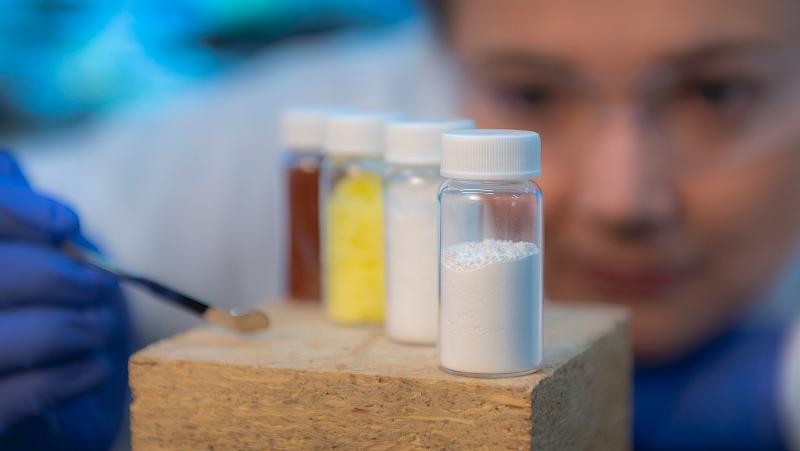
QUT’s commitment to a low-carbon future, highlighted in Sustainability Week in August, is reflected by its investment in several key research projects that cover the spectrum from the discovery of new energy resources to energy production and storage as we transition from the fossil-fuel era.
QUT Vice-Chancellor Professor Margaret Sheil has identified the pivotal role that universities play in creating a sustainable future.
“Universities have capacity to do the ground-breaking research that can provide the foundation for the new technologies needed to solve the world’s climate emergency, biodiversity crises and energy crisis,” Professor Sheil said.
Pro Vice-Chancellor (Sustainability and Research Integrity) Professor Kerrie Wilson said QUT’s vision for a sustainable world was to move to a low carbon future and reduce activities that result in greenhouse gas emissions.
“QUT researchers are leading a diversity of projects, in close collaboration with industry and research partners, across the gamut of challenges that need to be met as we strive together to a more sustainable future,” Professor Wilson said.
QUT’s involvement in New Economy minerals
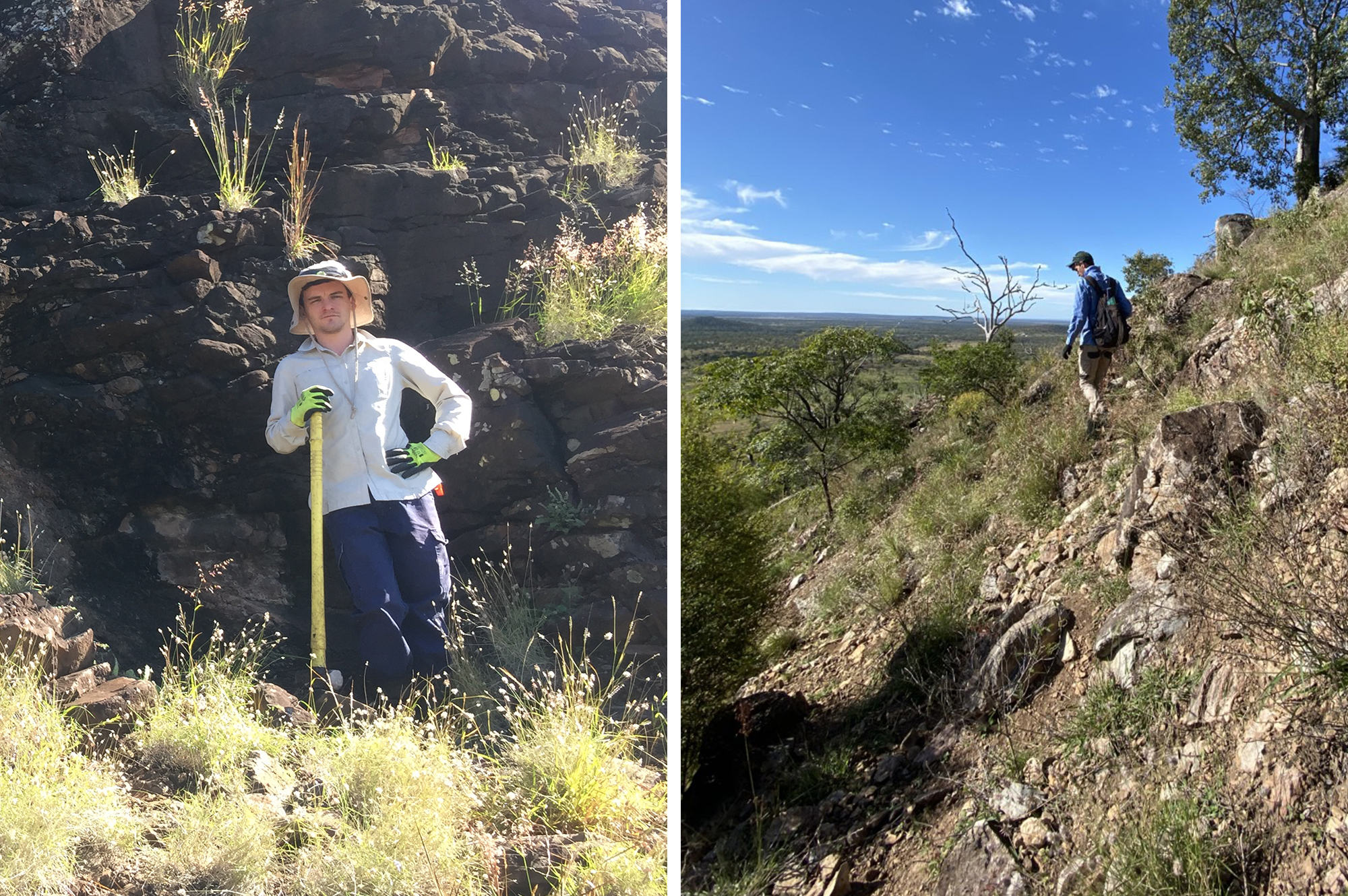
QUT researchers from the School of Earth & Atmospheric Sciences have partnered with the Queensland Government in its new economy minerals project, which aims to find the natural resources in Australia needed for emerging technologies that are critical for the global transition to new, clean energy sources and technologies.
Professor Scott Bryan said two projects are supporting the government in its investments to improve our understanding of what critical metal resources we have in Queensland that can be utilised to develop a more sustainable energy economy.
One project is looking in the Springsure area for rare earth elements, which can be used in wind turbine magnets, solar cells, smartphone components and cells used in electric vehicles, and the other is looking at lithium enrichment in North Queensland, for use in rechargeable batteries.
“Climate change and new emerging technologies are rapidly shifting our reliance away from our vast and long-term conventional carbon-based energy resources towards ‘new economy minerals’ that can underpin a future of electrification and battery-powered storage,” Professor Bryan said.
Centre for Predictive Research into Specialty Materials (PRISM)
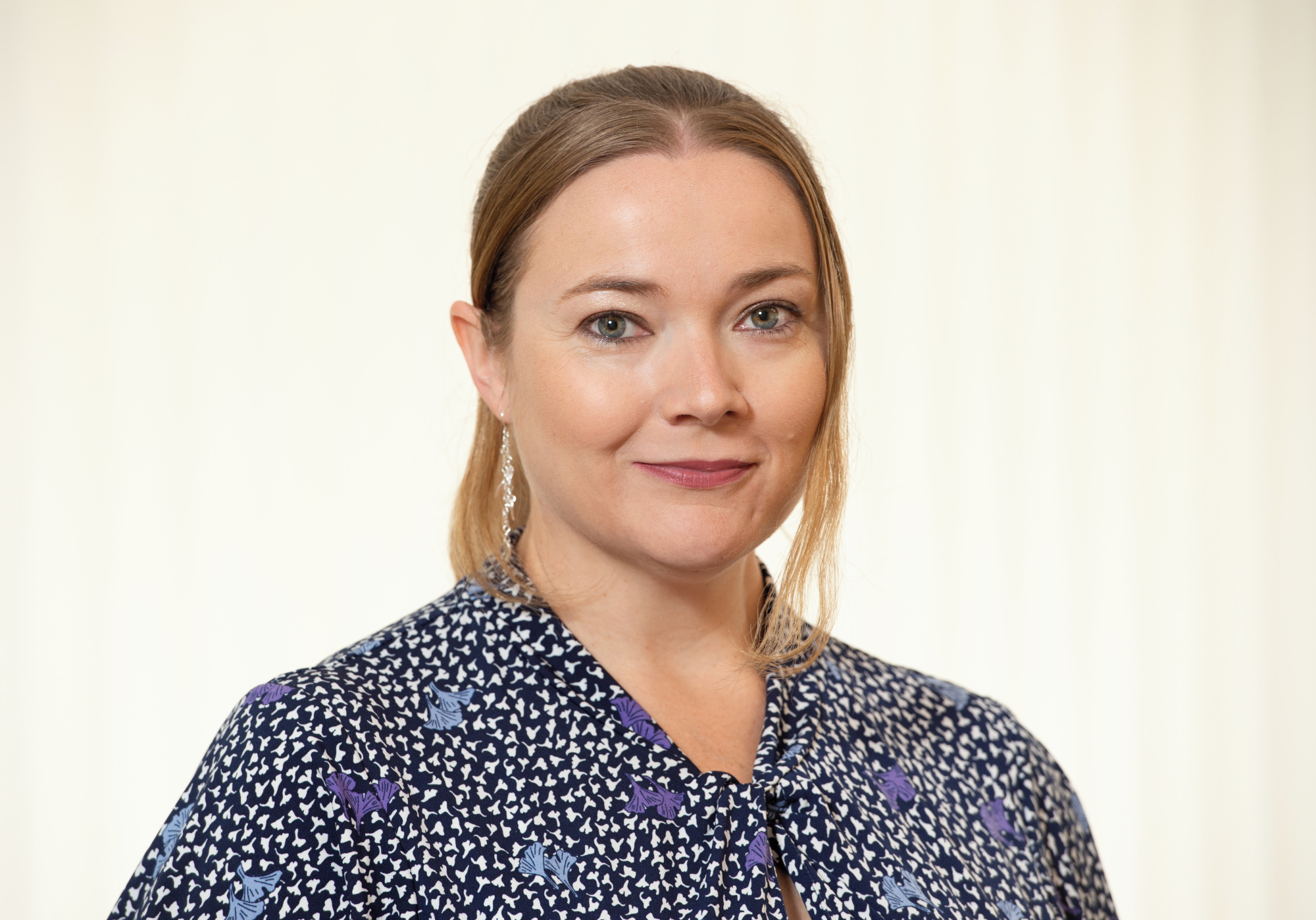
A research and industry partnership between QUT, Lava Blue and the Innovative Manufacturing CRC (IMCRC) has built the $3 million Redlands Research Facility.
The research partnership project between QUT and Lava Blue in 2018, looking for a method of producing high purity alumina (HPA) from kaolin clay, an abundant, natural and unconventional resource.
QUT’s project leader Associate Professor Sara Couperthwaite said the project has continued to expand into new areas of knowledge, and along with the research facility, the project has now established ways of converting a wide variety of aluminium-rich sources into HPA, which is used to make LEDs and separators for lithium-ion batteries.
“The technology will soon be used for transforming other battery mineral processing by-products into HPA to strengthen Australia’s battery supply chain and minimise mine wastes,” Professor Sara Couperthwaite said.
Green energy storage and use: hydrogen
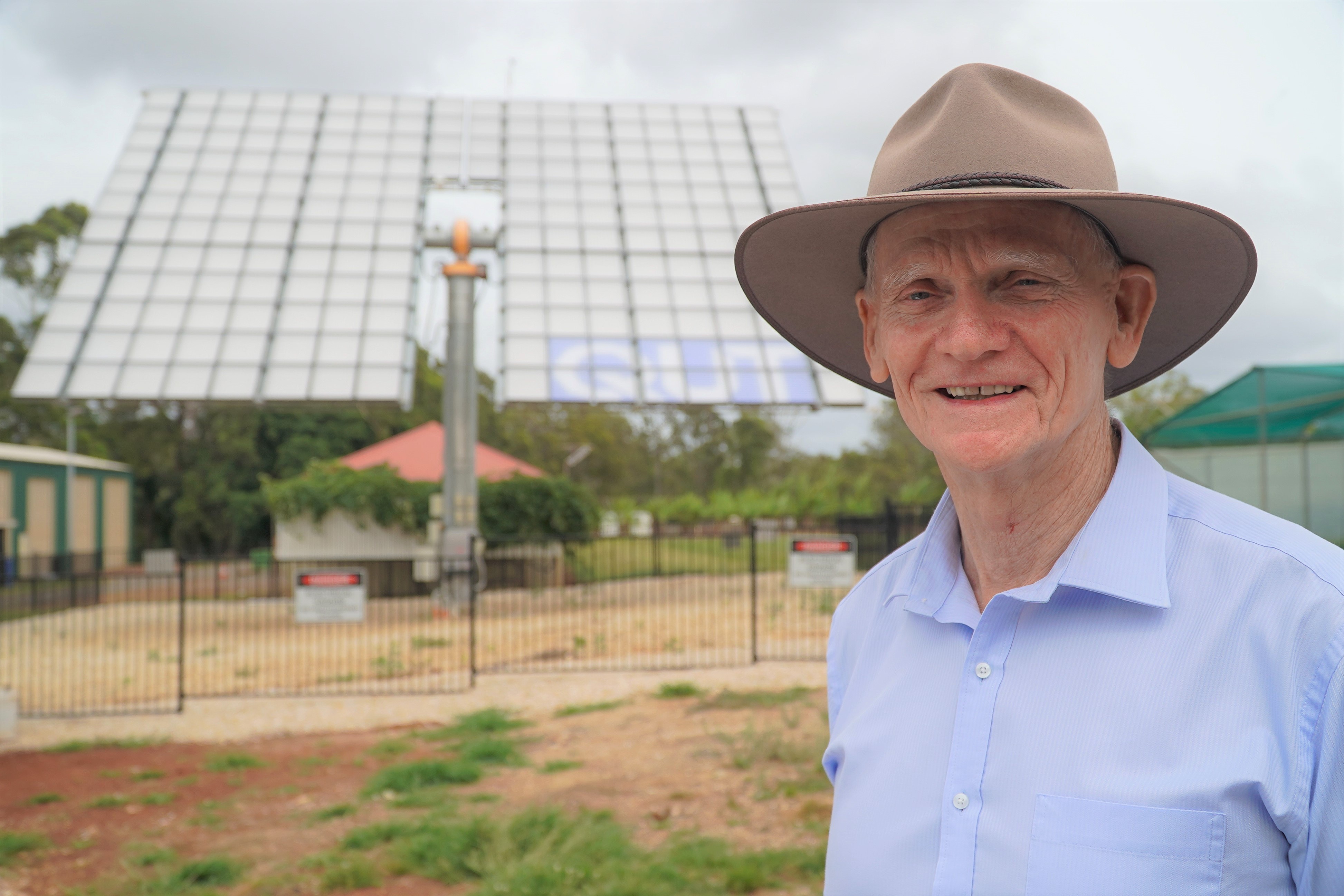
QUT has been at the forefront of several projects, under the direction of Professor Ian Mackinnon, with the development of hydrogen as a future fuel.
The projects include being a partner in the first export of green hydrogen to Japan, the establishment with industry partners of a refuelling station at Redlands, new technologies for solar energy generation, low-energy brine desalination methods and next generation electrolysis for hydrogen production.
The QUT Centre for Clean Energy Technologies and Practices is building a 50 kW green hydrogen pilot plant to deliver benchmarking safety and operational practices for integrated hybrid renewable energy systems as well as for up-scaling new technologies aligned with sustainable energy utilisation.
QUT has also teamed up with the Goondiwindi Regional Council in a project which aims to turn residential wastewater into clean green hydrogen energy.
“Queensland has the natural resources, such as high solar irradiation, accessible tracts of land, treatable seawaters and brines, an extensive coastline, and diverse biomass, to build a globally competitive industry in green hydrogen,” Professor Mackinnon said.
National Battery Testing Centre
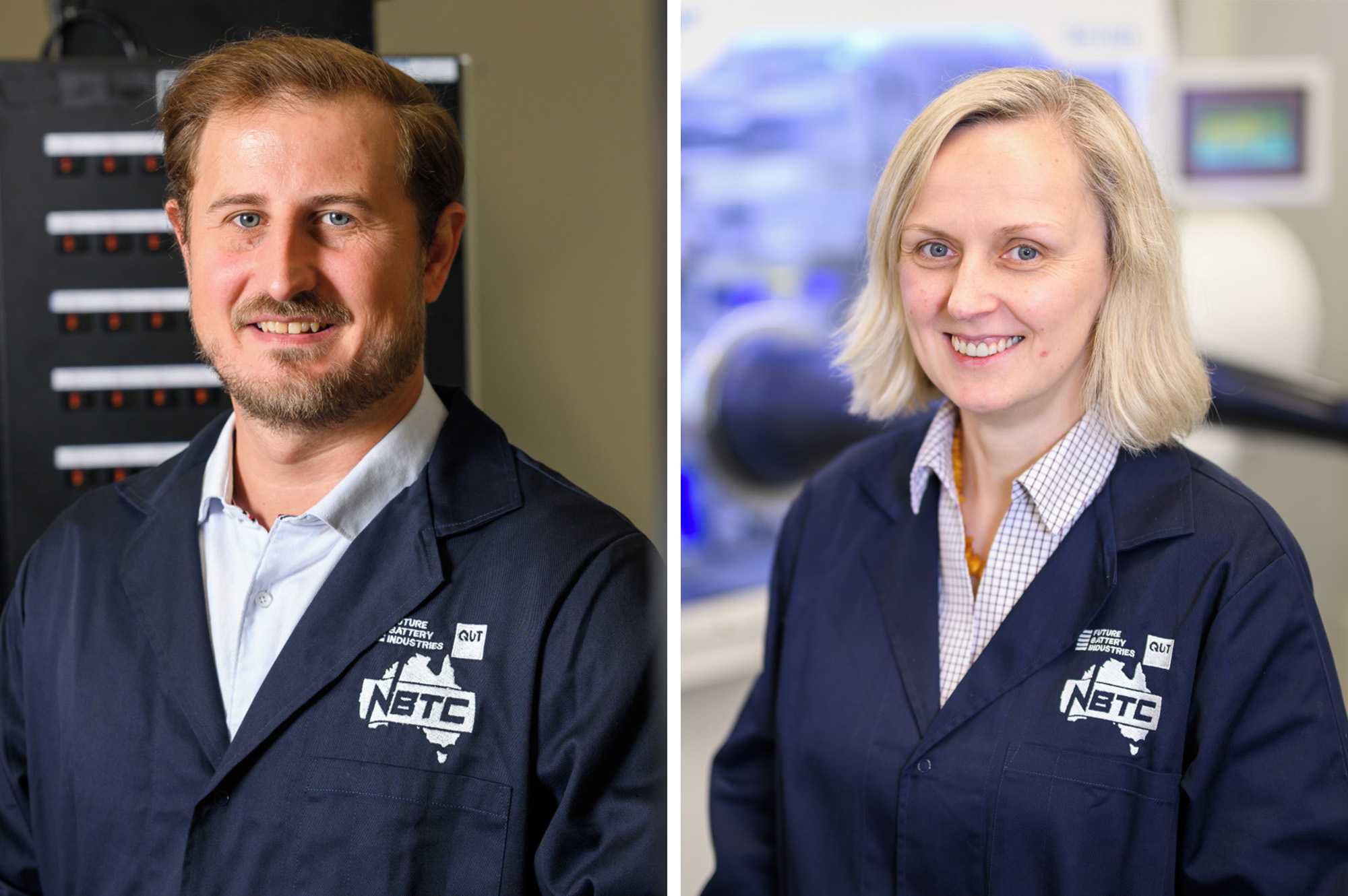
The National Battery Testing Centre (NBTC) recently received $15 million in funding from the Queensland Government and is an essential part of ramping up battery manufacturing in Australia.
The NBTC, directed by Associate Professor Maggie Gulbinska, was established by the Future Battery Industries Cooperative Research Centre (FBICRC) in collaboration with QUT and industry participants in 2020.
The NBTC project, led by Dr Joshua Watts, enables research and testing of a diverse range of battery energy storage systems in real-world conditions for Australian applications.
QUT has also co-funded the development of a Battery Testing Microgrid, which includes the installation of a 100 kW rooftop solar array which has enabled the Banyo Pilot Plant Precinct to become the university’s first research facility powered by renewable energy.
“Together with a 400 kWh lithium-ion battery from industry partner RedEarth, the Battey Testing Microgrid will create a unique research and testing platform for large-scale energy storage systems at QUT,” Dr Watts said.
Another flagship FBICRC project at QUT is the Electrochemical Testing project, led by Professor Maggie Gulbinska, is focusing on building up the standard format Li-ion cell fabrication within Queensland, enabling the transition of early-stage research and development to industrial pilot-scale and large volume manufacturing.
“Global emergence of gigafactories highlights the need for material provenance tracking, tightly defined material specifications and narrowly controlled production processes,” Professor Gulbinska said.
“To this end, benchmarking and validation of prospective battery materials in reliable, standard cell prototypes is critical to the continuous improvement cycle that feeds the product development cycle in battery industry.”
Perovskite solar cells
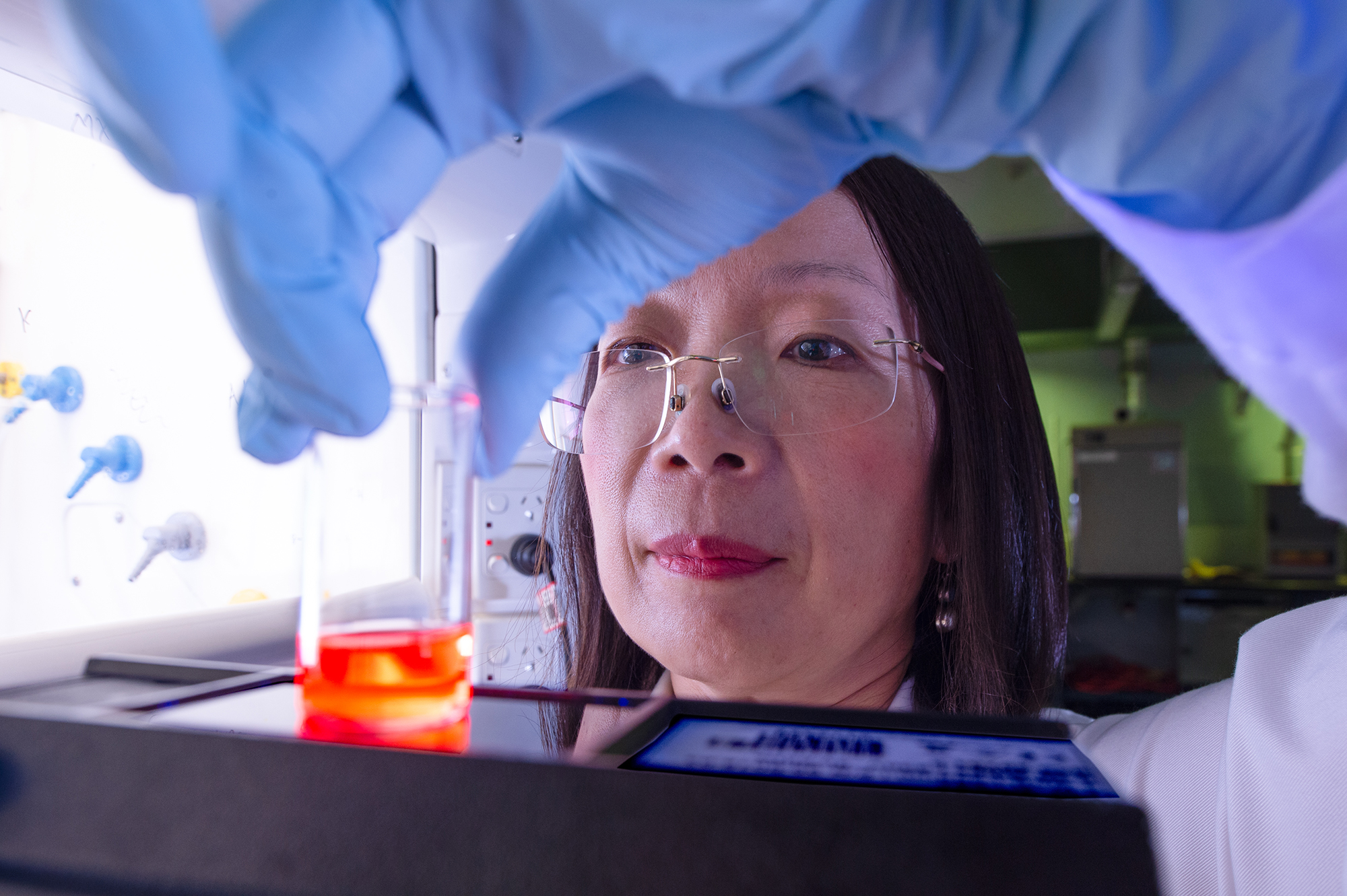
Professor Hongxia Wang, from QUT's Centre for Materials Science, leads an ARC Linkage project researching new methods for making perovskites solar cells with industry partner Greatcell Energy, a relatively new photovoltaic technology, which are seen as the best PV candidate to deliver low-cost, highly efficient solar electricity in coming years.
“Perovskites solar cells made by cheaper solution processing have proven to be as effective in power conversion efficiency as the current commercially available monocrystalline silicon solar cells, but the hurdles for researchers in this area is to make the technology more stable and environmentally friendly,” Professor Wang said.
“This project aims to develop new methods for producing stable perovskite materials in solar cells by utilizing green solvents that are viable for large-scale production.
Climate finance and gender
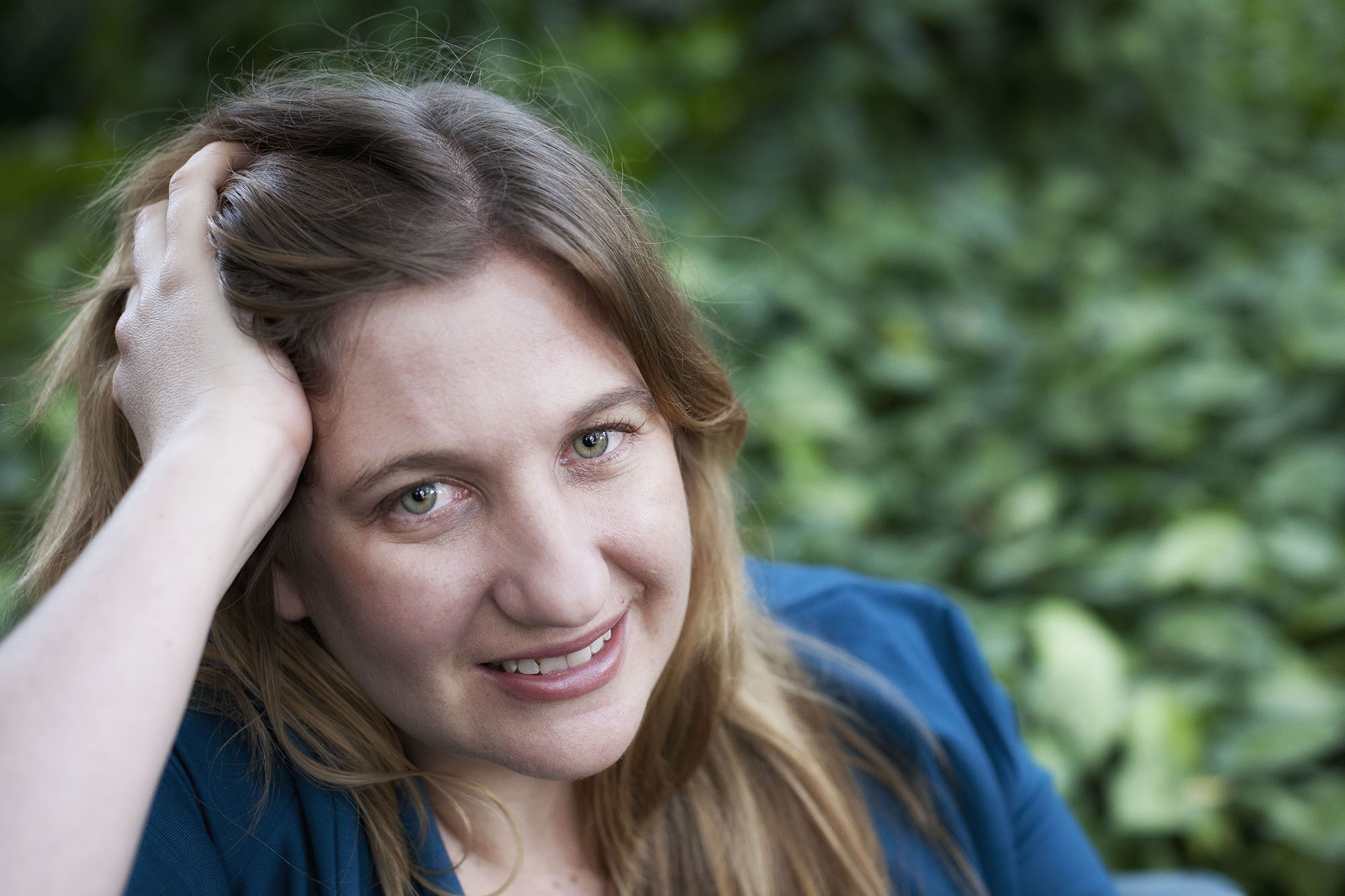
Associate Professor Rowena Maguire, from QUT's Centre for Justice, is examining who benefits from climate finance in Fiji, Samoa and Solomon Islands and whether it meets women’s requirements for adaptation to climate change funded by the Australian Centre for International Agriculture Research.
Applying for climate funding from bodies like the UN Framework Convention on Climate Change is complex and onerous, and beyond the capacity of small communities. Professor Maguire’s project aims to understand the flow of climate finance, who gets the money and identify how to better channel international climate finance to benefit vulnerable communities.
“Much climate finance that is earmarked for vulnerable communities goes from government to government or to large NGOs and what trickles down to grassroots level to enable adaptation to climate change is minimal,” Professor Maguire said.
“For example, unpredictable rainfall patterns brought by climate change raise the need for water tanks to maintain a water supply for food security for subsistence growers.
“Often, however, projects focus on what donors think needs to be done, for example, insisting on training for women to achieve gender representation goals which removes them from the everyday activities needed to maintain their families and adds to their work.”
Mackay Renewable Biocommodities Pilot Plant and biofuels
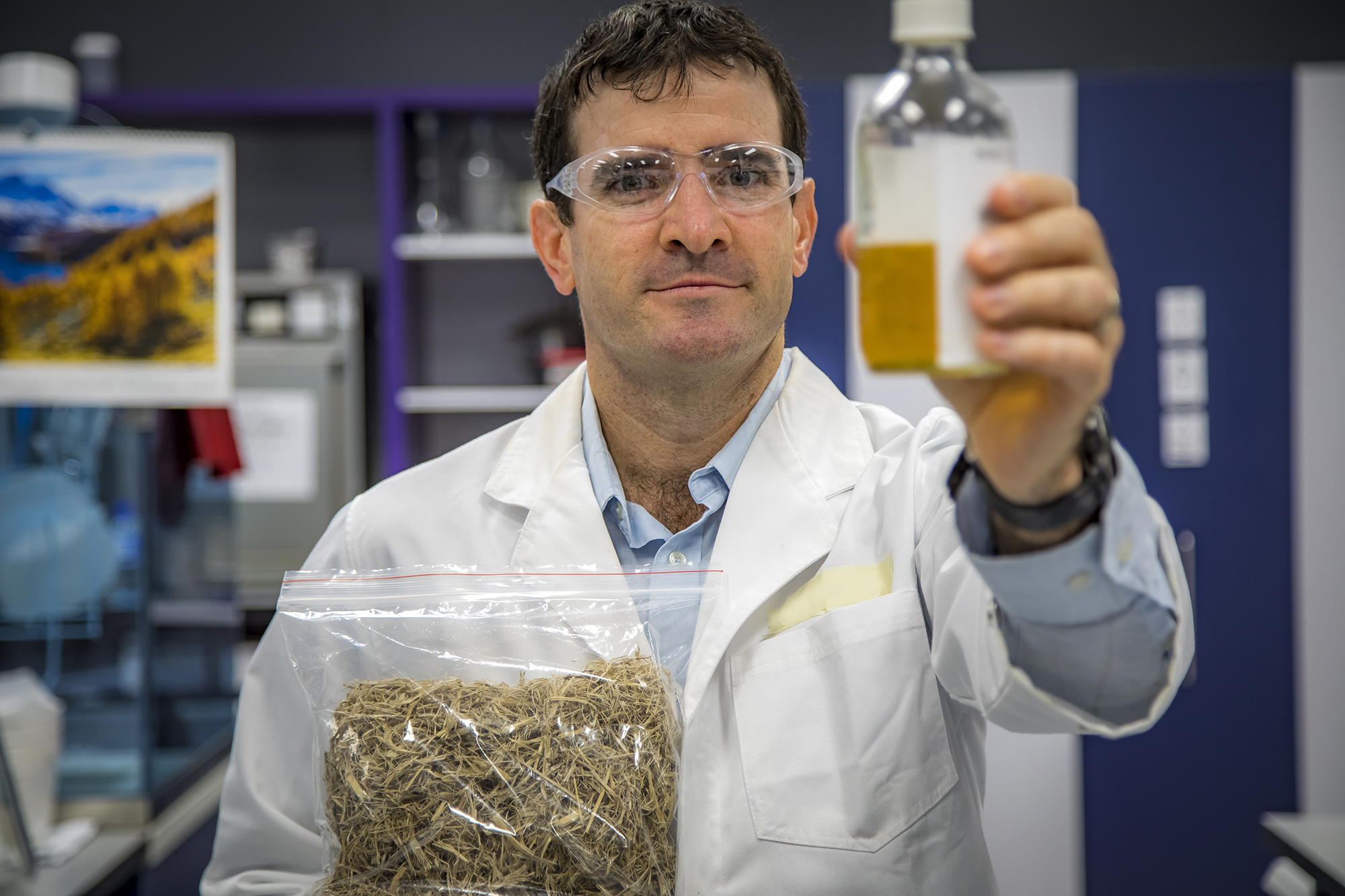
QUT has partnered with Mercurius Australia Pty Ltd to use their patented REACH technology to produce valuable renewable chemicals, diesel and jet fuel and biochar from sugar cane waste, at QUT's Biocommodities Facility in Mackay.
Project leader Dr Darryn Rackemann, from QUT’s Centre for Agriculture and the Bioeconomy and an Advance Queensland Research Fellow, said the project was using “transformative technology”.
“QUT is looking at other opportunities with the REACH technology which could lead to producing bioplastics and other chemicals in Queensland from various other biomass feedstocks,” Dr Rackemann said.
Affordable energy for the elderly

Professor Ross Gordon from QUT’s School of Advertising, Marketing and PR and member of the WHO Technical Advisory Group on Behavioural Sciences for Health has studied how older Australians use energy and their homes, with his findings illustrating the urgent need for researchers, policymakers, and health practitioners to pay greater attention to the links between health, well-being, and energy consumption as people age when promoting a sustainability agenda.
“Energy consumption is important for preventing ill health and mortality, to help manage physical illness or disease, support positive mental health, live in comfort, pursue personal interests and sustain social relations.
“Energy-efficiency interventions such as the installation of solar power or insulation, as well as subsidies for people experiencing chronic health conditions have been shown to decrease billing anxiety and improve health and well-being outcomes for older people.”
Professor Gordon is from QUT's Centre for Justice.
QUT aims to tackle global challenges and achieve sustainability through our research, teaching programs, campus operations and partnerships. Sustainability Week is a way we can collaborate with our community to support and encourage sustainability.
Media contact:
Rod Chester, QUT Media, 07 3138 9449, rod.chester@qut.edu.au
After hours: 0407 585 901, media@qut.edu.au




